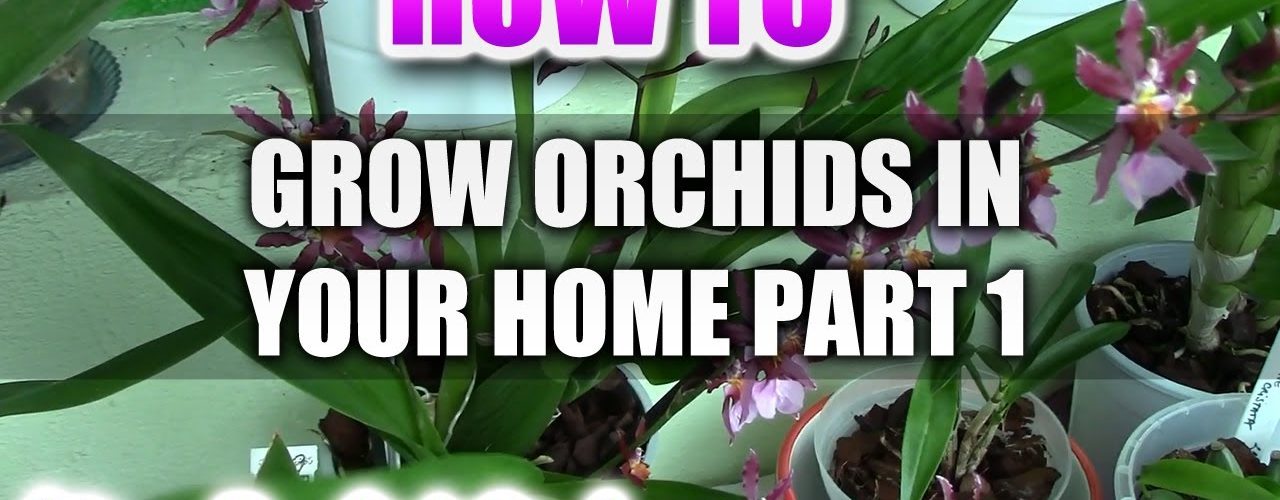There are many different kinds of orchids. These plants are considered quite beautiful and somewhat difficult to grow successfully. There are a few steps when choosing to grow orchids at home.
Contents
Choosing Orchids
There are a few things to consider when choosing orchids. Where to shop for these flowers is the first thing to decide. Grocery stores may carry these and are usually less expensive, but plant nurseries typically have healthier plants and are more knowledgeable. Employees in a nursery are also more likely to help you find the right kind of orchid to suit your home and experience. Some varieties are more difficult to grow than others. Do not choose a plant that has brown or black patches, since this may be a sign of disease. Plants with yellow leaves may also not be healthy.
Potting Orchids
When potting an orchid, it is important to be careful with the roots. Porous pots are best, since orchids tend to thrive in soil that is not holding excess water. Regular potting soil should not be used for orchids. These plants are epiphytes, or air plants, and require more circulation that typical potting soil allows. There are various orchid potting mixes made for this purpose.
Providing Light
Orchids need at least four hours of sunlight a day. They should not however have too much direct sunlight as this may damage the plant. Many recommend placing orchids beside an east-facing window if possible. Direct sunlight can be filtered using a sheer curtain. The color of an orchid plant will indicate whether it is getting too little or too much light. A light green color is usually best. A deep emerald green may indicate too little light, while yellow leaves may be a sign of too much. If the plant continues to be exposed to too much light, brown and orange patches may appear followed by further damage.
Providing Water and Humidity
These plants do not tolerate overwatering, nor should they ever be kept in standing water. They should only be watered when the soil is dry. One way to test the soil is to poke a sharp wooden pencil into the soil. If the pencil is wet when you pull it out, the plant does not need to be watered. The appearance of the plant can also give the owner clues about whether it is being watered adequately. Shriveled bulbs and creased leaves are signs that the plant is not getting enough water. Overwatered plants tend to have soggy, brown, or rotting roots. These plants do require quite a bit of humidity in the air. Most homes do not have enough moisture in the air, but this can be remedied with a humidity tray. There are humidity trays sold in stores or one could choose to make his own. A tray large enough to hold the plant and deep enough to hold water is needed. The tray should be filled with some water. The orchid’s pot must then be placed above, not in, the water. This can be done by placing a rack across the tray or by stacking something within the tray to elevate the pot. The water will evaporate, which provides the humidity.
Air and Fertilizer
Two things that are necessary to the continuing health of these plants are air movement and fertilizers. These plants need nearly constant air movement to be healthy. This can sometimes be accomplished with the breeze through a window, but in many cases a fan is a more efficient and dependable option. Fertilizer should be applied to provide necessary nutrients about once a month.
Orchids are beautiful and exotic plants. These are a great addition to a plant-lover’s household. The above steps will help ensure that your plant is healthy enough to reach its full potential.
Related Youtube Video:
References:
<>



